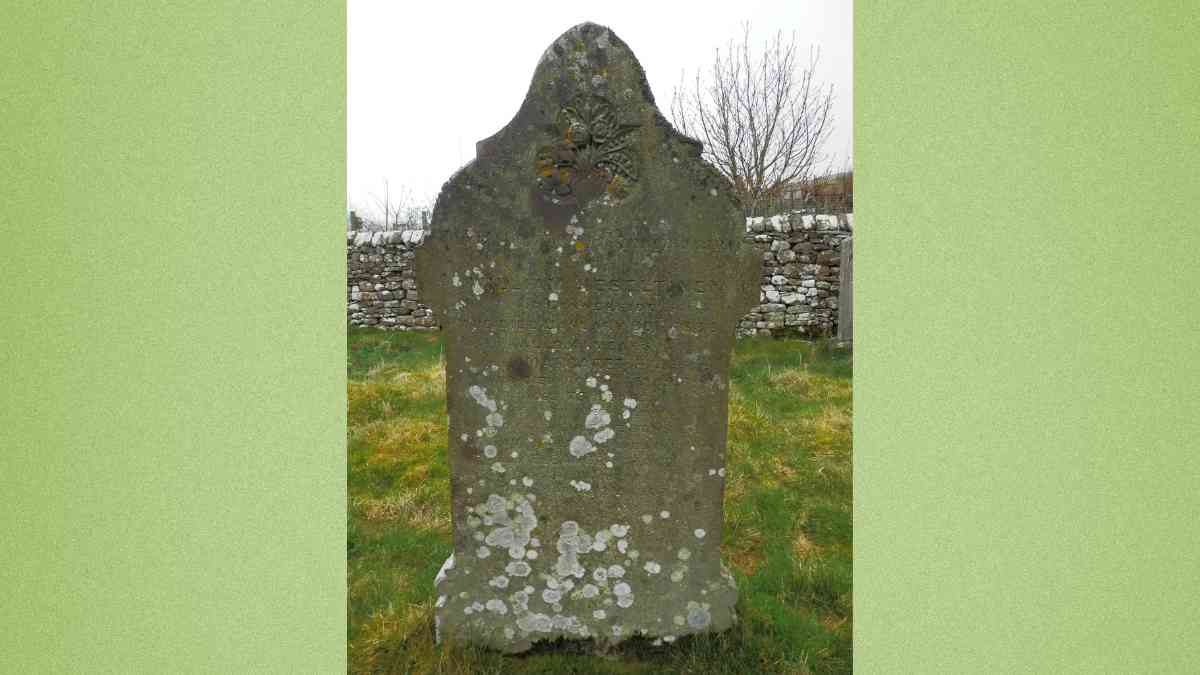Eleanor Grace Heseltine: A Quiet Legacy Rooted in the Heart of Yorkshire

In the quiet dales of North Yorkshire, among the rolling hills and windswept heather, lived a woman whose name has endured through time, if not in headlines, then certainly in genealogical whispers and parish records. Eleanor Grace Heseltine, born in 1865 in Melbecks, left behind more than just the trace of a name in a cemetery. She represents an entire generation of women whose lives were foundational to their communities, yet rarely made it into the annals of national history. This article explores her story, her times, and the silent impact of women like her in rural Victorian England.
Victorian England and Rural Life in Yorkshire
To understand Eleanor’s world, we must first delve into the backdrop of 19th-century rural England. The mid-Victorian era was a period of transformation. While cities like London, Manchester, and Birmingham were becoming engines of industrial power, regions like North Yorkshire remained mostly untouched by such rapid urbanisation. Life in places like Melbecks was centred around agriculture, chapel, and community.
The region was composed of small, scattered villages and farms. Life was slow-paced, governed by the seasons, and tightly bound to tradition. Education was limited, especially for women, and expectations for most girls born into rural families were modest—help with the household, marry within the community, and uphold the values passed down from generation to generation.
The Birth and Family of Eleanor Grace Heseltine
Eleanor Grace Heseltine was born in 1865 in the parish of Melbecks, part of the Richmondshire District in North Yorkshire. Melbecks was a sparsely populated area, surrounded by the Yorkshire Dales, known for its rugged beauty and isolation. Records from the era suggest that the Heseltine family had been part of the community for generations. The surname “Heseltine” itself has deep roots in Yorkshire, often associated with land, farming, and local service.
Eleanor’s birth during this time likely placed her in a household that depended on hard work and self-sufficiency. It was a world of candlelight, hearthstone kitchens, and dirt roads. Family and church would have played central roles in shaping her early life.
The Role of Women in Eleanor’s Time
Women in Eleanor’s era lived in a world framed by domestic responsibility. While the suffrage movement was beginning to gather momentum in urban centres, rural women were often distanced from such movements. Their daily lives were filled with duties that, while largely invisible to the outside world, were essential to the survival and cohesion of rural society.
Cooking, cleaning, caring for younger siblings or ageing parents, and helping with agricultural work were not considered exceptional but expected. These tasks, while unpaid and unglamorous, formed the backbone of rural communities.
Eleanor’s life would likely have revolved around these responsibilities. Yet, women like her were more than just caretakers. They were informal historians, moral guides, and quiet pillars of their communities. Eleanor may not have travelled far from Melbecks, but she would have known the land, the seasons, the people, and the rhythms of life in intimate detail.
Education and Social Mobility
While some schools did exist for girls in the 19th century, especially after the Education Act of 1870, opportunities were uneven, particularly in remote regions. Eleanor would have been five years old when the act was passed, possibly just old enough to benefit from the new push for basic literacy. However, attendance was inconsistent in agricultural areas, where families often needed children to work during planting and harvest seasons.
Even if Eleanor learned to read and write, which many girls of her time did to a basic level, there were few avenues for women to use such education to climb socially. Middle-class girls might aspire to be governesses or nurses, but for many rural girls, education was practical—used to keep household accounts or write letters to distant relatives, not to launch careers.
Melbecks: A Tapestry of Generations
The beauty of Melbecks lies in its continuity. Generations have lived and died within the same few miles. Stone cottages, chapel registers, and weathered headstones carry the names of families who quietly maintained the local fabric of life. Eleanor Grace Heseltine was one such thread in that tapestry.
Though there is little recorded about her adult life—whether she married, had children, or pursued any vocation—the absence of such records is not uncommon. Many women of her time are remembered only through census entries, birth and death certificates, or gravestones. Yet this absence speaks volumes about societal values and historical priorities. Eleanor’s life may not have been documented in journals or news clippings, but that does not mean it was without meaning or impact.
The Heseltine Name and Local Recognition
The Heseltine surname carries some regional significance in Yorkshire. It is not an uncommon name in the North of England, particularly in farming communities. While it’s unclear if Eleanor was directly related to more prominent Heseltines of the time—such as John Postle Heseltine, an art collector and Royal Academy associate—it is clear that her family had deep roots in the area.
Her longevity is also notable. Eleanor Grace Heseltine lived until 1947, passing away at the age of approximately 82. This means she witnessed extraordinary changes in Britain—Queen Victoria’s reign, two World Wars, the advent of the telephone, motor cars, and even radio. Her life spanned from the age of empire to the dawn of the modern welfare state.
Historical Significance in Everyday Lives
While historians often focus on figures who made headlines or led revolutions, the real backbone of any society is its everyday people. Eleanor Grace Heseltine represents the countless women who held families together, preserved traditions, and passed on values without ever being formally recognised.
Her life in Melbecks reflects the experience of many 19th-century English women. Through marriage, kinship, or simple community presence, she would have touched dozens of lives—perhaps as an aunt, neighbour, or friend. The influence of such individuals is not always quantifiable but is certainly real.
The Importance of Remembering Women Like Eleanor
In recent years, there has been a growing recognition of the importance of recording and honouring the lives of ordinary women in history. Feminist historians and genealogists alike have been working to uncover the names, stories, and experiences of women who contributed to society in unrecorded ways.
Eleanor Grace Heseltine may not have written books or led political rallies, but her life was valuable. Her quiet perseverance, likely in the face of hardship and limited opportunity, is emblematic of a kind of strength often overlooked in history books. She deserves recognition—not just as a name in a register, but as a person who lived, loved, and mattered.
A Legacy Set in Stone
Eleanor was laid to rest in the same place she was born—Melbecks. Her grave, modest and likely weatherworn by now, remains a testament to a life that came full circle in one of the most peaceful and unchanging parts of England.
Her story invites reflection on our own histories. How many people in our family trees lived similar lives—quiet, unnoticed, yet essential? In the rush to document the extraordinary, we must not forget the value of the ordinary.
Conclusion: Finding Grace in the Past
The story of Eleanor Grace Heseltine is not one of grand adventure or public acclaim. It is a story of roots, resilience, and the rhythms of rural life. In an age where digital footprints define our legacy, her life reminds us of an era when legacy was lived out in daily deeds, family ties, and community bonds.
Remembering Eleanor is not just about unearthing a name from a census or a headstone—it’s about understanding the millions like her who made Britain what it is today. Quietly. Steadily. Gracefully.



